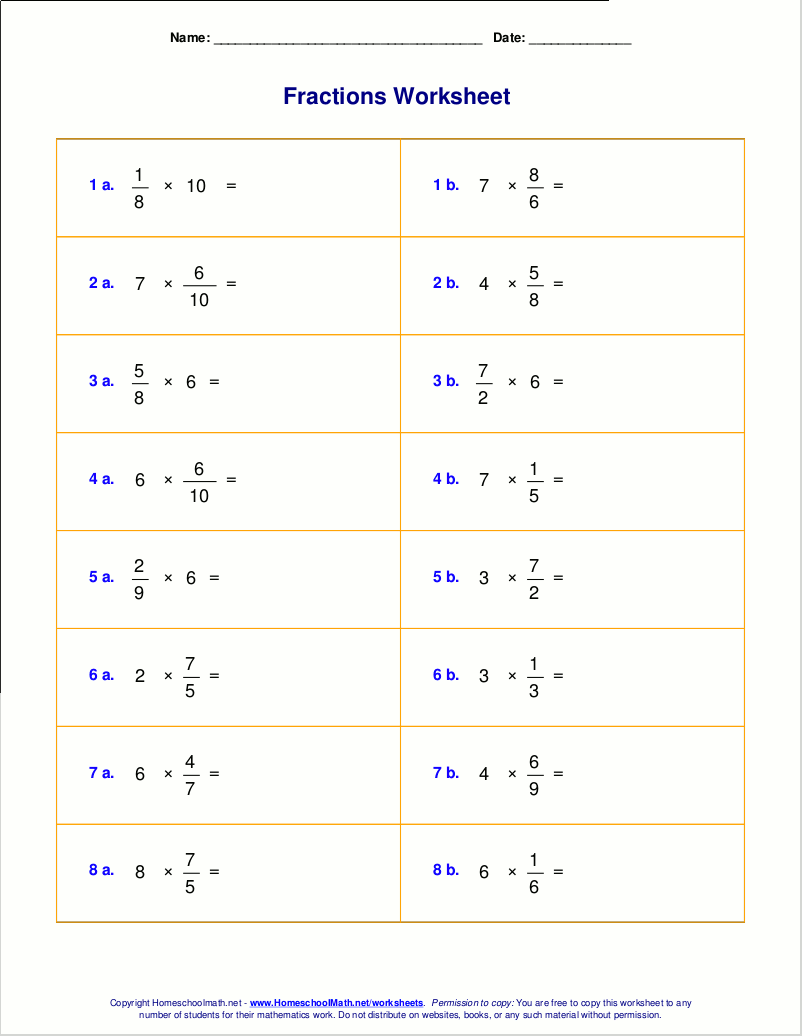
So if I have a whole number and I want to expres. 1 can be expressed by any fraction where the numerator and denominator are the same. Want to know the fastest and easiest ways to convert between Fahrenheit and Celsius? We've got you covered! Check out our guide to the best ways to convert Celsius to Fahrenheit (or vice versa). Answer (1 of 12): In multiplication 1 is the identity. If you don’t have one handy, you can use long division or get the denominator equal to a multiple of ten, then move the decimal place of the numerator over.įor quick estimates of decimal to fraction conversions (or vice versa), you can look at our chart of common conversions and see which is closest to your figure to get a ballpark idea of its conversion value. If you’re trying to convert a fraction to decimal, the easiest way is just to use your calculator. If you’re trying to convert a decimal to fraction, first you need to determine if it’s a terminal decimal (one with an end) or a repeating decimal (one with a digit or digit that repeats to infinity). Once you’ve done that, you can follow a few steps for the decimal to fraction conversion and for writing decimals as fractions.
WHOLE NUMBER TO FRACTION CONVERTER HOW TO
Summary: How to Make a Decimal Into a Fraction If you’re trying to convert a decimal or fraction and don’t have a calculator, you can also see which value in this chart the number is closest to so you can make an educated estimate of the conversion. You don’t need to memorize these, but knowing at least some of them off the top of your head will make it easy to do some common conversions. So whenever you have a fraction whose denominator can’t easily be multiplied to a value of 10 (this will happen to all fractions that convert to repeating decimals), just get the denominator as close to a multiple of 10 as possible for a close estimate.īelow is a chart with common decimal to fraction conversions. The exact decimal conversion of ⅔ is the repeating decimal. Your first step is to write out the decimal so it looks like $$.ĩ99 is very close to 1000, so let’s act like it actually is 1000, divide each part of the fraction by 1000, and move the decimal place of 666 three places to the left, giving us. Terminating decimals are the most common decimals you’ll see and, fortunately, they are also the easiest to convert to fractions.įor example, say you’re given the decimal.

Below we explain how to convert both terminating decimals and repeating decimals to fractions.Ĭonverting a Terminating Decimal to a FractionĪ terminating decimal is any decimal that has a finite other of digits. So, when you divide the the integer by 2 raised to power power of two, you get the original number. How do you convert a decimal to a fraction? Any decimal, even complicated-looking ones, can be converted to a fraction you just need to follow a few steps. I have a function which takes one argument, a fraction, and returns two numbers - an integer and a power of two. Wondering how to convert decimals to fractions? Or how to convert fractions to decimals? It’s easier than you think! Keep reading to see the steps for decimal to fraction conversions (including why you need to follow different steps if you have a repeating decimal), steps for fraction to decimal conversions, a handy chart with common decimal/fraction conversions, and tips for quickly estimating conversions.


 0 kommentar(er)
0 kommentar(er)
